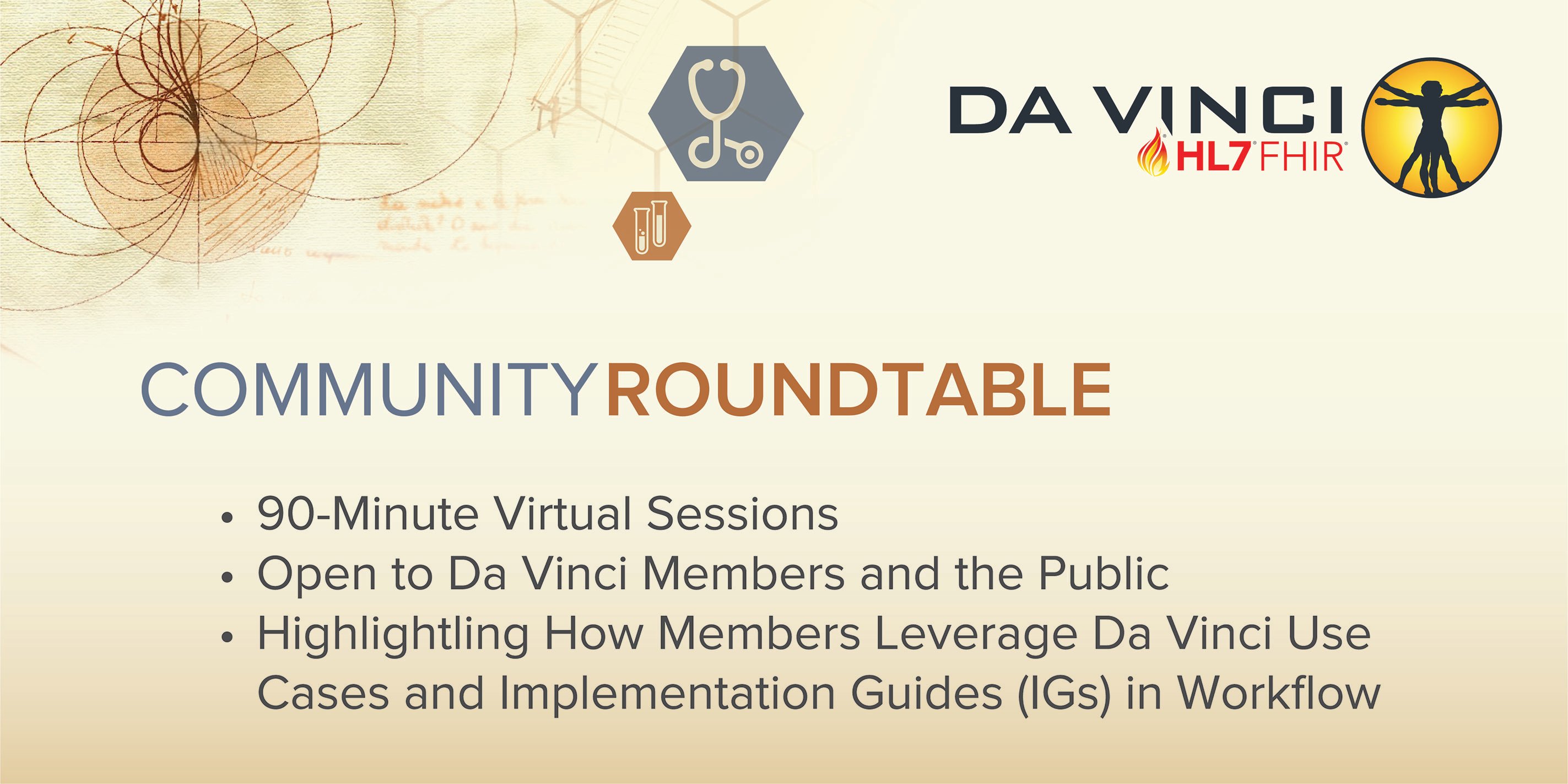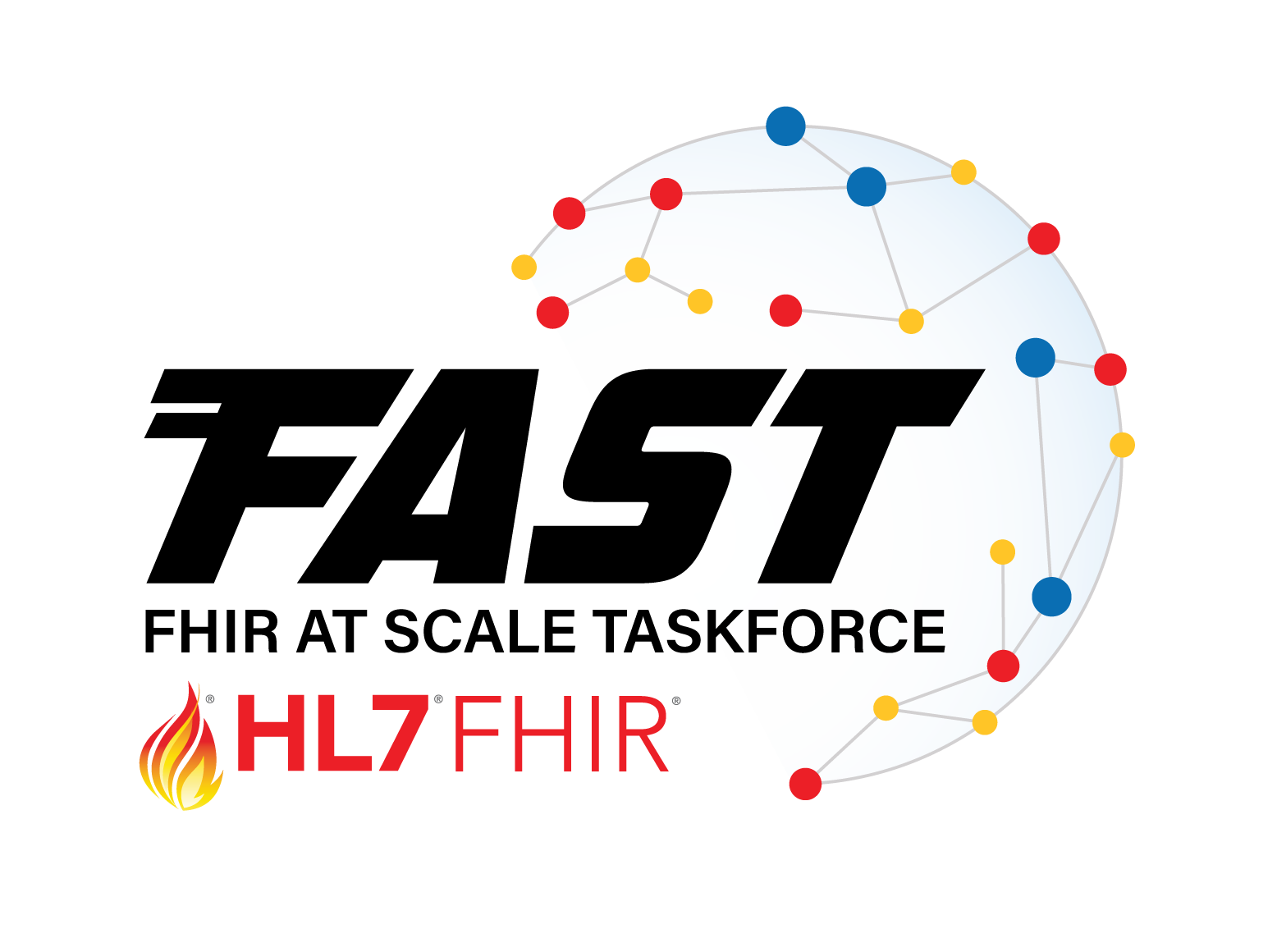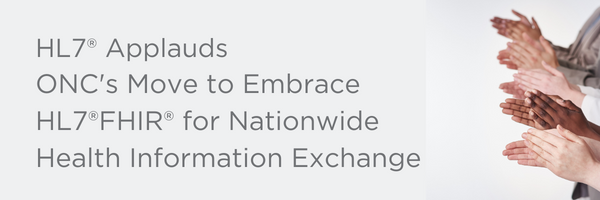In May 2024, the FAST Focus webinar, "Secure Health Data Exchange," brought together experts from across the healthcare industry to delve into the intricacies of the HL7 Unified Data Access Profiles (UDAP) Security for Scalable Registration, Authentication, and Authorization Implementation Guide, commonly referred to as the FAST Security IG. This session featured insights on key components and practical implementations of the FAST Security IG.
Introduction to the FAST Security IG
The session began with an explanation of the role of FAST in addressing healthcare interoperability challenges. The FAST Security IG aims to create a scalable, secure framework for health data exchange across national networks like TEFCA, Carequality, and CommonWell.
The Journey to Trustworthy Information Exchange
A historical perspective on the FAST Security IG highlighted its roots back to 2017. The goal was to leverage existing standards like public key infrastructure (PKI), OpenID Connect, and OAuth 2.0 to ensure a scalable, secure data exchange solution. The FAST Security IG integrates these standards into a cohesive framework, emphasizing the importance of trust in health data transactions.
Key Components of the FAST Security IG
The core elements of the FAST Security IG include:
- JWT-Based Authentication and Authorization: Utilizing JSON Web Tokens for secure assertions of claims from trusted third parties.
- Dynamic Client Registration: Automating client registration using digital certificates to eliminate the need for shared secrets.
- Tiered OAuth: Facilitating patient-facing workflows by directing patients to trusted identity providers for authentication.
This approach ensures that both clients and servers can be securely identified and authenticated, streamlining the registration process, and enhancing trust across the network.
Real-World Implementations and Insights
The panel discussion featured firsthand experiences from implementers of the FAST Security IG. The discussion emphasized the collaborative effort in refining the FAST Security IG and the importance of ongoing participation in workgroups to further enhance the specification.
Open-source solutions to facilitate implementation were highlighted, including a .NET reference implementation and a diagnostic tool called UDAP Ed. These resources help developers visualize and test their implementations, accelerating the adoption of the FAST Security IG.
The importance of identity assurance was underscored, advocating for a centralized, trusted entity to manage high-security registrations. The FAST Security IG's reliance on well-established standards makes it a robust and scalable solution for the healthcare industry.







